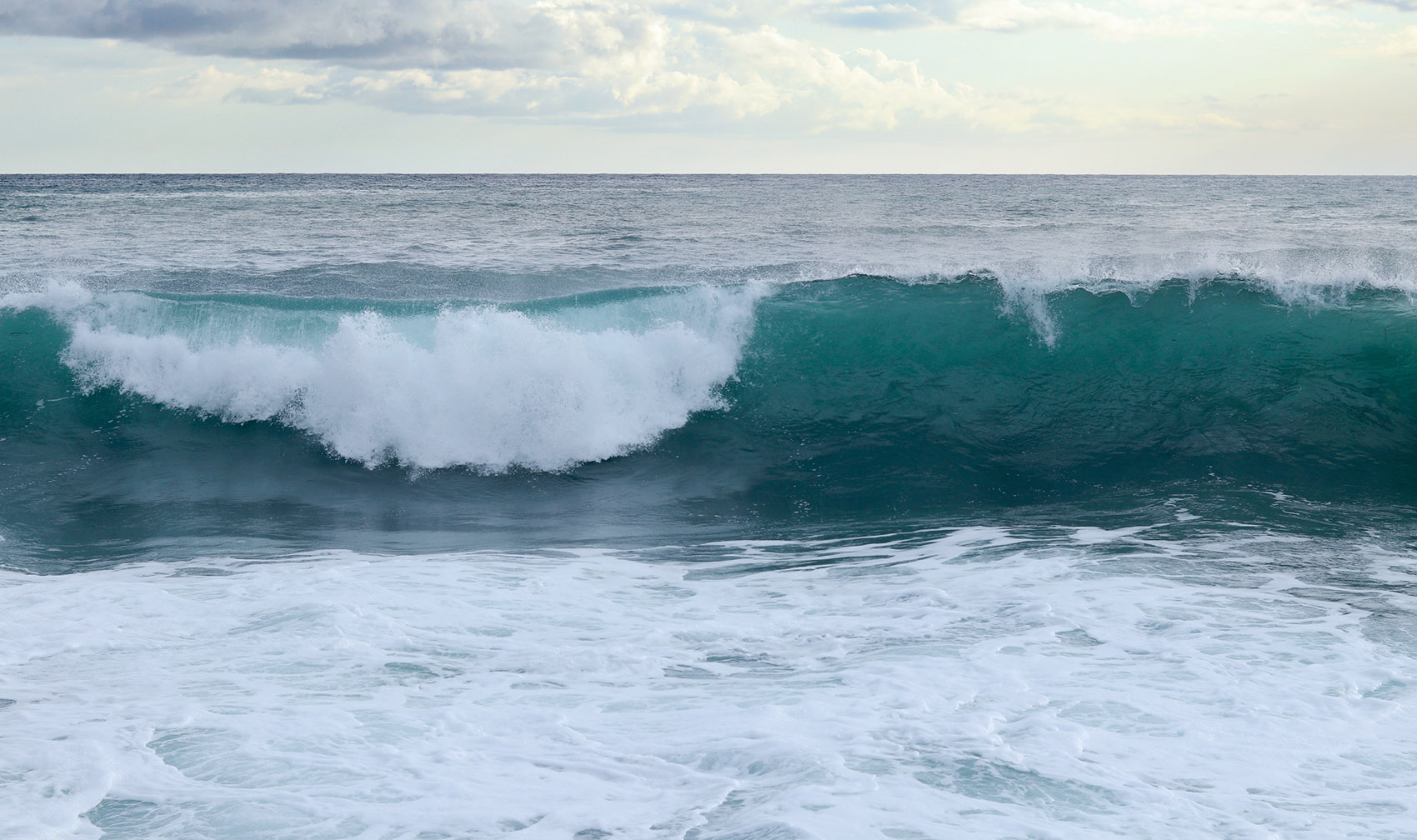The challenges we face
By Ramon Husein*
Climate change has become one of the buzz words in the Caribbean development sector however, while there is certainly a lot to be said about this global phenomenon, there is little translation of the rhetoric into action to support sustainable infrastructural development in the region. Unfortunately, this lack of critical guidance reflects the status quo not just in the area of port development but also in drainage, highways and transport, housing, utilities and more.
Ports play a vitally important role in any economy but perhaps more so in small-island states whose national economies are disproportionately reliant on foreign trade and tourism. It is no secret that our ports are our primary means of integration into the global economy or that their expansion and development generally leads to greater trade activity, increased foreign revenue inflows and job growth across a range of sectors. What is far less well-known is what steps we can and should take to ensure that our port infrastructure will have the best chance of withstanding the effects of changing climate.
The reality of the matter is that, in addition to being disproportionately reliant on foreign trade and tourism for economic growth, the Caribbean is also uniquely vulnerable to the effects of climate variability and change. This reality requires the right mix of situational awareness, relevant data, and technical and non-technical solutions.
Most projections from the Intergovernmental Panel on Climate Change and other research groups predict permanent changes in climate for our region of the planet, the most significant of which include: sea level rise; increased land, air and sea temperatures; increase frequency of extreme storm events; El Niño Southern Oscillation-induced drought conditions; and, a general change in the seasonal distribution of rainfall. More specifically, modelling of projected precipitation changes for the region has consistently pointed to an overall trend of less annual rainfall totals; longer dry spells; and, a more concentrated seasonal onslaught of increasingly severe weather systems.
Of course, any one of these systems, in any given hurricane season, may have the potential to wreak serious havoc on our life-sustaining port infrastructure and, in so doing, curtail hard-won advances in economic, physical and social development. What’s more, this issue of port resilience in the face of natural hazards becomes further compounded when we consider that these gateways are our principal recourse to relief after the impact a disaster.
Therefore, as we seek to update our infrastructure to take advantage of a more globalised world and the recently expanded Panama Canal, there is a crucial need to incorporate climate-sensitive adaptation strategies along the way.
Solutions
Against the backdrop of these challenges, there are a few tested solutions which regional Governments and port managers should implement with urgency. In fact, we should be shifting towards these kinds of data-driven approaches to development as if the very economic survival of our country depends on it.
 These include the following three steps:
These include the following three steps:
- Systematic collection of hydrometeorological and climatological data
Reliable information on rainfall, sea levels, wave action and catchment flow are key prerequisites for the development of sound climate change adaptation and disaster risk reduction strategies. Without data to confirm and back-up what we know anecdotally, we are left to hope for the best when it comes to long-term plans and designs. While ‘better’ data may not remove all of this uncertainty, it certainly helps us to more accurately predict changes in the environment over the short, medium and long term. - The use of hydrodynamic modelling tools
Technology has empowered today’s hydrologists and hydraulic engineers with the capability to model complex hydrological systems before technical designs are finalised and construction begins. In the context of our regional ports, hydrodynamic modelling allows us to assess the combined effects of sea level rise, wave action, urban flooding and storm surge on port infrastructure and operations; and to pre-empt the impact of these phenomena for a range of design options and climate scenarios. In the end, these tools help us to test and lend credence to our plans and technical designs — whether for upkeep and maintenance, port expansion, or the location and construction of new facilities. - The use of data and modelling outputs to inform port planning, design and management
Given the right data and the application of robust hydrodynamic models, we can translate the outputs into conscientious, climate-sensitive solutions for sustainable port development and management. This is the crucial third step in a process that, when implemented correctly, can lead to: better asset life-cycle management; the development of multi-hazard resilient designs; tailored hazard mitigation procedures; and Early Warning Systems for a range of hydrometeorological hazards.
Immediately
Climate change promises to bring with it a potentially disastrous mix of hydrometeorological impacts, including sea level rise, increased storm intensity and more extreme urban and coastal flooding. These spell trouble for Caribbean ports. However, thankfully, there exists a set of industry-tested adaptation measures which we can and should begin implementing immediately.
The way forward includes the use of data-driven approaches to port planning, design and development which take into account the various anticipated impacts of climate change on hydrometeorological hazards and, in turn, the impact of these hazards on port infrastructure and operations across the region.[]
- CONTRIBUTED: First published November 1, 2017

* Ramon Husein (ramon.husein@heandw.com) is Regional Chairman and CEO of HE&W Consulting and President of HE&W Group. www.heandwgroup.com.







